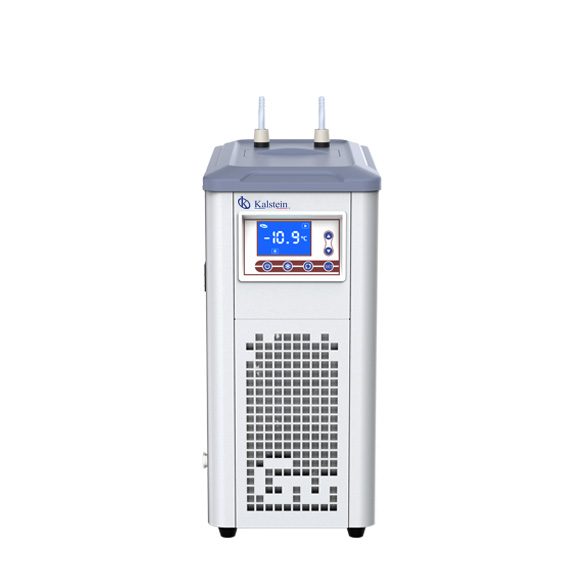In the laboratory field, recirculating coolers are high-efficiency cooling equipment, which are used in external cooling studies, to improve sample accuracy, and in turn protect the user. This equipment, which has many uses and important advantages, provides constant, low-temperature situations for inspections, chemical, biological and physical experiments, which must be carried out at low temperature. This equipment in the medical field is also used in food processes, the chemical industry and teaching in universities and research institutes.
Chillers are applicable in many laboratories, fulfilling a wide range of significant purposes, from optimizing the accuracy of experiments, to renewing the safety of laboratory personnel.
Circulating chiller technology
In the face of new technologies applicable in medicine, and the innovation of equipment for the development of studies, the use of recirculating chillers are ideal for use in the laboratory, which requires continuous use, for the incorporation and circulation of high-pressure flow refrigerant, and thus accelerate the process of removing heat from an object.
Consequently, the applied technology provided by Chiller systems, are used as heat transfer flows, and equipment mechanisms, so that, distinguishes two types of systems:
- Air-water: These are units that use this element to exchange heat with the outside, and water is the medium with which they transport heat to the terminal units.
- Water-to-water: indicates the source used to transfer heat indoors. These units offer greater energy efficiency, which has led to an increase in the use of these systems in recent years.
It’s impossible to categorically define which type of unit is best, as it depends on a number of factors. On the one hand, air-cooled systems are convenient to install and, on the other, are best when the space to house it is not available. On the other hand, water-cooled chillers, when this means of rejecting charge from the circuit is available, are recommended for greater energy savings.
Cooling circulation functions
The cooling recirculation activity is made up of elements that enable the equipment mechanisms to respond to the conditions or needs of the operator, which have to do with a compressor, a condenser, a thermostatic expansion valve and an evaporator. The equipment responds to cooling processes, from pumping refrigerant gas and is transformed into high-pressure gas, so that, in this way, travels to the condenser, where air or water from the environment, receive heat from the refrigerant and condense it into gas to liquid.
Similarly, the coolant flows to the thermostatic expansion valve, where stress and temperature decrease, causing the fluid to evaporate and convert to gas. When the gas state returns, the coolant flows back to the compressor and the process begins again. It should be noted that these processes are carried out if the computer is equipped with Chiller systems.
Circulating cooler in Kalstein
We, at Kalstein, are able to meet the requirements of our users, when it comes to the selection of laboratory equipment, we offer you, the recirculating coolers, corresponding to the YR series, which have attractive features, such as: Removable side panels, for quick and easy cleaning and maintenance. Environmentally-friendly refrigerant, meeting international environmental protection standards; Intelligent control system, preventing the compressor from overloading, prolonging its service life; Closed circulation system, reducing coolant evaporation. Equipped with a world-renowned brand compressor, it guarantees low noise, high reliability, stable performance and long service life.
To find out more about our products, go HERE

